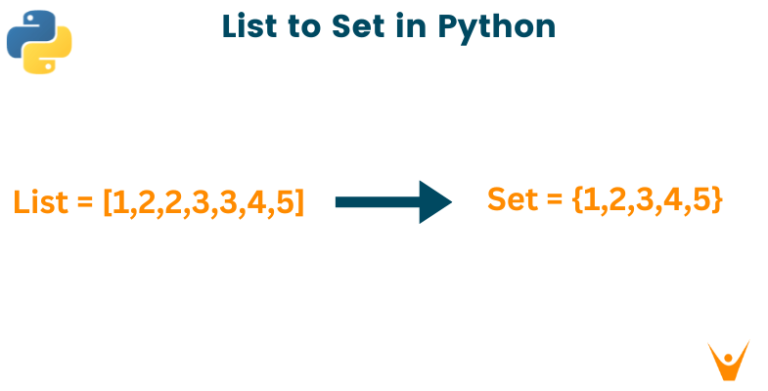How to Hire Offshore Developers in 4 Days: A Proven Method
Offshore development is a great way to save costs, access a larger talent pool, and scale your business faster. However, hiring offshore developers can also be a challenging and time-consuming process, especially if you don’t have a clear strategy and plan. In this article, we will show you how to hire offshore developers in 4 days, using a proven method that will help you find the best candidates, test their skills, and onboard them smoothly.
What are offshore developers?
Offshore developers are software engineers who work remotely from a different country or region than the client or employer. Offshore development, a type of outsourcing, seeks to cut expenses, tap into worldwide talent, and hasten project completion.
Some of the benefits of hiring offshore developers are:
- Lower labor costs and operational expenses
- Access to a larger and more diverse pool of skilled developers
- Ability to scale up or down the team size as needed
- Flexibility in working hours and time zones
- Increased productivity and efficiency

Some of the challenges of hiring offshore developers are:
- Communication and cultural barriers
- Quality and security issues
- Legal and regulatory compliance
- Project management and coordination
- Trust and accountability
Steps to hire an Offshore Developer
Step 1: Define Your Project Requirements and Expectations
The first step of hiring offshore developers is to define your project requirements and expectations. This will help you narrow down your search and find the most suitable candidates for your project. Some of the questions you should ask yourself are:
- What is the goal and scope of your project?
- What are the main features and functionalities you need?
- What are the technical specifications and design requirements of your project?
- What are the security and compliance standards you need to follow?
- How much time and budget do you have for your project?
- How do you measure the success and quality of your project?

You should also define your expectations from the offshore developers, such as:
- What skills and experience do they need to have?
- What level of communication and collaboration do you expect from them?
- What tools and platforms do you use or prefer to use?
- How do you manage and monitor their work and progress?
You should document your project requirements and expectations clearly and share them with the potential candidates.
Step 2: Find and Shortlist Offshore Developers
The second step of hiring offshore developers is to find and shortlist them. There are various sources and platforms where you can find offshore developers, such as:
- Online marketplaces and platforms, such as Toptal, Freelancer, or Turing, where you can post your project and get proposals from qualified offshore developers.
- Online communities and forums, such as Stack Overflow, Reddit, or Quora, where you can ask for recommendations and referrals from other developers and users.
- Social media and professional networks, such as LinkedIn, Twitter, or Facebook, where you can search for offshore developers by keywords, location, skills, or experience.
- Local events and meetups, such as Meetup, Eventbrite, or Hackathons, where you can network and connect with offshore developers in person.
When you find potential candidates, you should shortlist them based on their portfolio, resume, ratings, reviews, and testimonials. You should also check their availability, communication skills, and compatibility with your project and expectations.
Step 3: Evaluate and Test Offshore Developers
The third step of hiring offshore developers is to evaluate and test their skills and abilities. You can do this by conducting interviews, assigning tasks, and reviewing code samples. Some of the methods and tools you can use are:
- Interviews: You can conduct interviews with offshore developers via phone, video call, or in person. You should ask them about their background, experience, projects, skills, and tools. You should also ask them technical and behavioral questions to assess their knowledge, problem-solving, and teamwork skills.
- Tasks: You can assign tasks or mini-projects to offshore developers to see how they work on real-world scenarios. You should give them clear instructions, expectations, and deadlines. You should also provide them with feedback and guidance along the way.
- Code samples: You can review code samples or GitHub repositories of offshore developers to see how they write, structure, and document their code. You should look for code quality, readability, maintainability, and security.
To assess offshore developers, utilize platforms like Codility, HackerRank, or CodeSignal for crafting and managing coding tests and challenges. Additionally, tools such as CodePen, JSFiddle, or CodeSandbox can be employed to observe their real-time coding abilities and facilitate collaboration.
Evaluate and test offshore developers according to your project specifications and desired outcomes. Choose individuals who meet or surpass your expectations for optimal project success.
Step 4: Negotiate and Hire Offshore Developers
The fourth and final step of hiring offshore developers is to negotiate and hire them. You should consider the following factors when negotiating with offshore developers:
- Rates: You should agree on the rates and payment methods of offshore developers. You can choose to pay them hourly, weekly, monthly, or per project, depending on your preference and budget. You should also consider the currency, taxes, and fees involved.
- Scope: You should define the scope and deliverables of your project, including the features, functionalities, milestones, and deadlines. You should also specify the change management and quality assurance processes.
- Communication: You should establish the communication channels and frequency of your collaboration with offshore developers. You should also decide on the tools and platforms you will use, such as Slack, Zoom, or Trello.
- Ownership: You should clarify the ownership and intellectual property rights of your project and its assets. You should also sign a non-disclosure agreement (NDA) and a non-compete agreement (NCA) if necessary.
Once you have negotiated and agreed on the contract and terms, you can hire offshore developers and start working on your project.
Top sites to hire offshore developers
Numerous websites can assist you in recruiting offshore developers, with the most suitable one depending on your budget, project needs, and preferences. Here are some top options I discovered during my web search:
– Toptal: A professional talent matching service that selects only the top 3% of applicants. Toptal offers experts in web development, mobile apps, and software engineering, providing a shortlist within 24 hours, a risk-free trial period, and flexible engagements.
– Freelancer: A marketplace with millions of users and thousands of completed projects. Here, you can browse through profiles, vet and interview candidates, and manage payments independently, making it a cost-effective choice for smaller to medium-sized projects.
– LinkedIn: The world’s largest professional network where you can connect with offshore developers from various backgrounds and locations. LinkedIn offers job postings, candidate browsing, and enterprise hiring solutions, making it ideal for passive candidate search and long-term relationship building.
– Turing: A platform utilizing artificial intelligence to match you with top offshore developers worldwide. With a 4-day hiring process and a 14-day risk-free trial, Turing is suitable for rapid and efficient team scaling.
Conclusion
Hiring offshore developers can be a fast and easy process if you follow the right steps and use the right tools. By defining your project requirements and expectations, finding and shortlisting offshore developers, evaluating and testing their skills, and negotiating and hiring them, you can get your project done in 4 days or less.
If you need help with hiring offshore developers, you can contact ONextDigital, a leading web development service provider that offers offshore development, mobile app development, UX/UI design service, and white label software service. ONextDigital can help you find and hire the best offshore developers for your project in no time. Contact us now to get more details.






